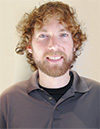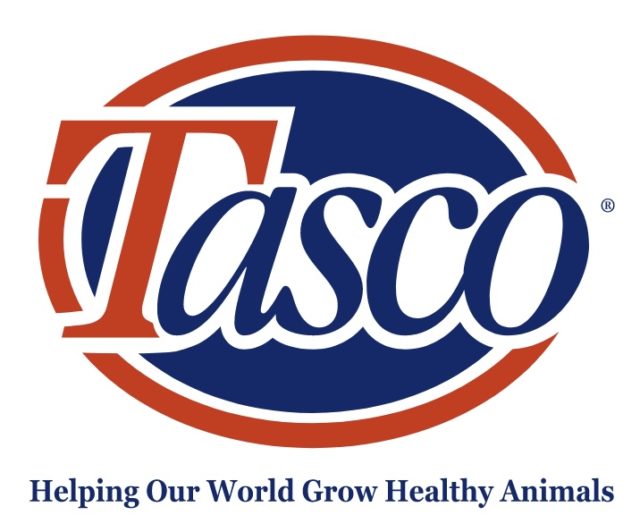Jón Páll Sigmarsson was Iceland’s national hero and one of the greatest strongmen of all time. Bodybuilding and lifting in the 1980s, however, he didn’t have access to whey protein products or an industry based on building muscles faster. Instead, he found his own solution: milk replacer for dairy calves. Thanks to calf nip, Sigmarsson became the first person to win the World's Strongest Man four times and the only one to win the World Muscle Power Classic five times.
Since then, formulated protein powder can be found in any grocery store. Even fluid milk is being marketed with special “muscle blends” on the shelf. Those looking to beef up faster have no shortage of ways they can spend their money, from nutrient bars to testosterone pills. However, looking to gain more of an edge, some bodybuilders have been seeking out another type of supplement: breast milk.
The idea that consuming human milk will lead to faster muscle growth is popular enough within the weightlifting community that private companies have begun selling it, and Netflix dedicated an episode of its 2020 documentary series (Un)well to its consumption. Although human milk only has one-third of the protein of cow’s milk, the leading justification seems to be that if it helps babies grow quickly, it should help bodybuilders fill out faster as well. Not surprisingly, the science doesn’t support this reasoning. In fact, research has found no clear benefits for adults drinking breast milk.
Bodybuilders aren’t the only people responsible for driving the demand for human dairy. Because studies have shown that babies who are given breast milk after birth tend to be stronger and more resistant to disease, some individuals believe that they, too, can receive those health benefits. It has been noted that some cancer patients have sought it out as a way to improve their immune system. Nonetheless, as any farmer knows, the body loses the ability to absorb antibodies from a mother’s milk within days after being born, rendering it useless to adults. In fact, because some consumers seek out the product from unregulated private sources such as those found on Craigslist, they are putting themselves at risk for the transmission of diseases or to picking up bacteria from contamination.
Some fear that the misguided desire for breast milk is jeopardizing more than the adults who drink it. In particular, the increase in consumption may prevent it from being available to the babies who need it. Milk donation by lactating mothers has helped many newborns improve their immune systems, and the Human Milk Banking Association of North America (HMBANA) now has 33 nonprofit milk banks across the U.S. and Canada. However, as human milk turns into a profit industry and a black market grows, hospitals worry that the donation centers won’t receive ample supply.
Also alarming, concerns have been raised over the exploitation of mothers in poorer countries. The multinational company Ambrosia set up facilities in Stung Meanchey, an area in Cambodia known for its poverty. They paid new mothers the equivalent of 50 cents per ounce, while selling it in the U.S. for over $4 per ounce. It led to the fear that those mothers, nearly all of whom are struggling financially, may not give enough milk to their own children first. Ambrosia pointed out that the company provides a notable income to these women, who would not have had access to it otherwise, while making it available to American parents who couldn’t acquire it from milk banks. Nonetheless, after several years the Cambodian government banned the sales of breast milk to the U.S. Still, breast milk companies continue to pop up around the globe, with recent examples in the UK and India.
The increase in demand for breast milk, even if partly driven by a trend that may be temporary, has stirred up various visions of the future. Some have offered dystopian images of “human milk farms” where women are compared to livestock, while others see it as an aid in helping redistribute extra breast milk to babies who can benefit from it. Still others are looking to solve the problem with science. One company, BIOMILQ, is growing breast cells in vials in an attempt to get them to secrete milk at commercial levels, while Turtle Tree is using the cells of various other mammals. They expect lab-created breast milk to be available on the market in the next three to five years, although experts point out that the product won’t be as beneficial as natural breast milk.
Jón Páll Sigmarsson was credited with helping build Icelandic national identity. It allowed the country recognition on the world stage. Being an island of farmers, especially at that time, it fit that he went to the feedstore every month to buy a 50-pound bag of milk replacer. I’m just not sure if he would be embraced the same way if he was on a steady diet of breast milk instead.











